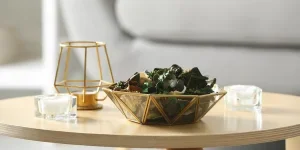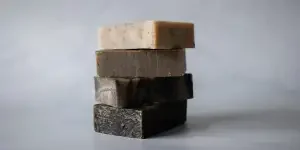In a world where our homes have become extensions of our identities, scent is no longer just a way to mask odors—it’s a medium for self-expression, mindfulness, and even social currency. From TikTok’s viral #Scentscaping trend to luxury diffusers that double as sculptural art, the home fragrance industry is undergoing a radical transformation. This shift isn’t just about smelling good; it’s about creating immersive environments that engage all five senses, tell stories, and align with ethical values. Let’s dive into the data, innovations, and cultural forces driving this olfactory revolution.
Table of Contents
1. The Market Boom: Why Home Fragrance Is Everywhere
2. Design Revolution: From Plastic Plug-Ins to Functional Art
3. Portability: Scent as a Wearable Accessory
4. Multisensory Storytelling: When Scent Meets Sound and Texture
5. Cultural and Ethical Resonance: Beyond Aesthetics
The Next Frontier: Scent as Software?
Conclusion: The Alchemy of Modern Scent
1. The Market Boom: Why Home Fragrance Is Everywhere
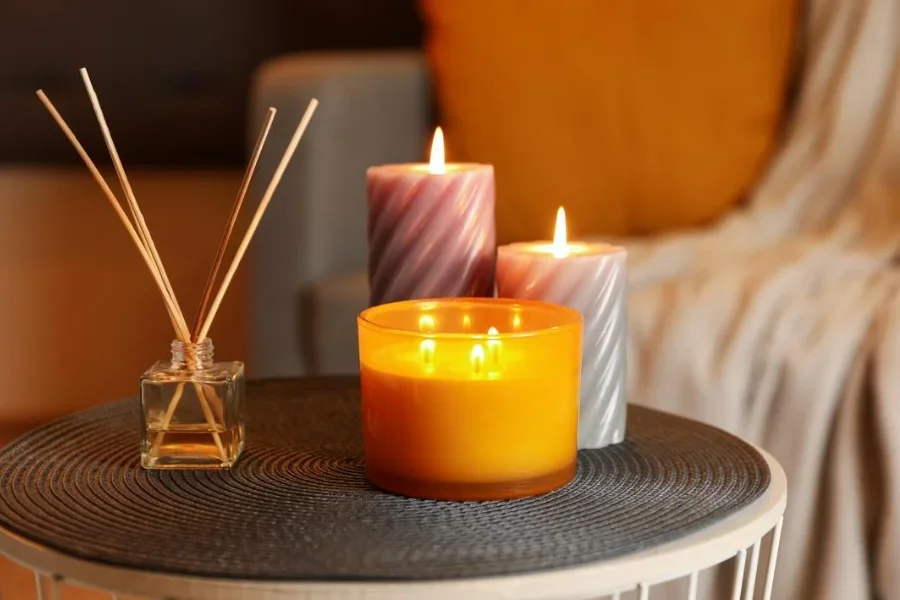
The numbers don’t lie. Grand View Research projects the global home fragrance market growing at 5.8% annually. This surge is driven by younger consumers seeking mood-boosting spaces and people prioritizing wellness spending. Forget old-fashioned potpourri. Today’s buyers want sophisticated, functional products that look good online. Consider Korean brand Hyāng’s $285 crystal diffuser. Marketed as a radiation neutralizer, it sold out almost instantly. Buyers praised its bergamot scent and claimed energy benefits. Similarly, Pinterest saw searches for “natural oil diffuser benefits” jump 62%, with people drawn to materials like antibacterial lava rock and Himalayan salt.
This trend reflects a broader shift: consumers now view scent as a functional wellness tool, not just a decorative afterthought.
2. Design Revolution: From Plastic Plug-Ins to Functional Art
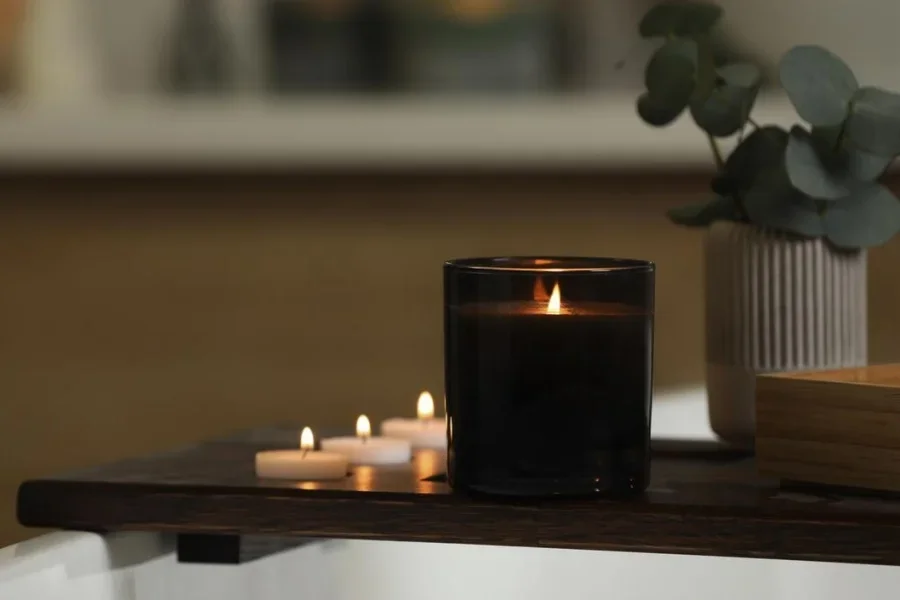
Gone are the days of tacky plastic air fresheners. The new generation of home fragrance products blends cutting-edge technology with avant-garde design. Consider Elemense, a California-based brand whose ceramic nebulizers mimic weathered geological formations. Their “Terra” model, designed to resemble a cracked desert stone, uses pressureless diffusion to preserve essential oil integrity—a feature that caught fire on TikTok after influencers paired it with #Cottagecore aesthetics. Luxury label Mad et Len takes this further by embedding raw amethyst and obsidian gemstones into hand-forged iron diffusers. The brand claims each stone’s “energy” amplifies specific scents; for example, amethyst purportedly enhances lavender’s calming effects.
Even mass-market brands are upping their design game. Air Wick’s collaboration with Jonathan Adler produced sleek diffusers with geometric gold bases, proving that accessible pricing (under $50) doesn’t have to mean sacrificing style. According to preliminary NPD Group estimates for 2024, premium diffuser sales under $50 are projected to grow by approximately 30% year-over-year, signaling the continued democratization of high design.
3. Portability: Scent as a Wearable Accessory
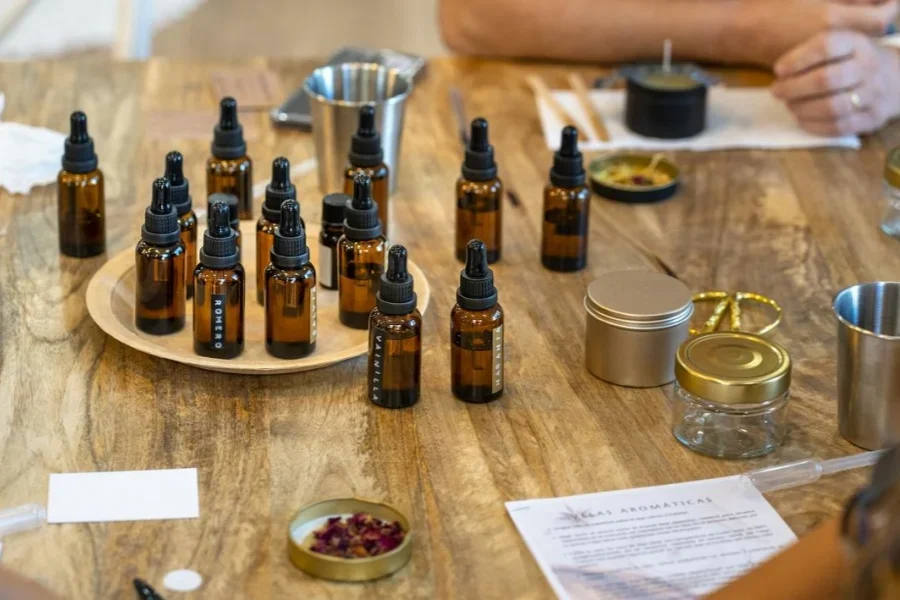
In an era of remote work and #VanLife, consumers want fragrances as mobile as they are. Enter wearable scent tech and micro-diffusers designed for on-the-go lifestyles. Australian brand Tenth Muse made waves with its Fragrance Tags—watercolor-painted cardboard strips infused with essential oils. Users clip these tags to handbags, collars, or even laptop sleeves to “test-drive” scents like smoked oud or sea salt. The tags double as bookmarks, a clever nod to the #BookTok community’s love for literary aesthetics.
Car interiors are also getting a scented makeover. Google Trends shows a 90% increase in searches for “car diffuser” since 2022, with brands like Do Son (a sub-label of activewear giant Vuori) offering leather-wrapped vent clips that release scent only when the AC runs—a subtle, fuel-efficient solution for commuters. For travelers, Stickers x Samantha’s peel-and-stick diffusers adhere to hotel mirrors, releasing chamomile or eucalyptus to combat jet lag. As one reviewer noted, “It’s like packing a slice of calm in your carry-on.”
4. Multisensory Storytelling: When Scent Meets Sound and Texture
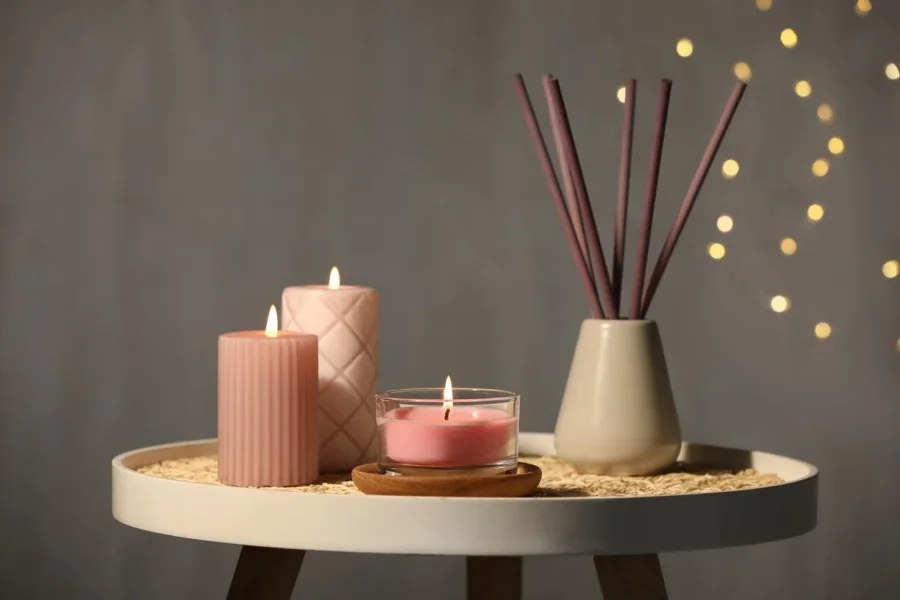
The most groundbreaking brands are creating 360-degree sensory experiences that blur the lines between scent, sound, and touch. Take Earthly Records, a startup that sells vinyl LPs embedded with scent capsules. Their “Ocean Waves” album releases a briny marine aroma in sync with ambient soundscapes, a concept backed by UCLA research on auditory-olfactory therapy for anxiety reduction. Then there’s Écrit et Parfum, a Parisian perfumery that packages reed diffusers in rewindable cassette tapes. Each “mixtape” corresponds to a mood—for example, “Side A: Energy Boost” blends grapefruit and ginger notes for morning motivation.
Texture is also playing a starring role. Japanese brand HA KO’s Maple Leaf Diffuser, cast from real autumn leaves, invites users to trace the delicate veins while inhaling woody vetiver—a tactile ritual inspired by kōdō, Japan’s ancient art of ceremonial incense appreciation. Meanwhile, Tamburins (a cult-favorite K-beauty brand) designed a pebble-shaped car diffuser with a tactile, grooved surface that fans compare to “petting a worry stone.”
5. Cultural and Ethical Resonance: Beyond Aesthetics
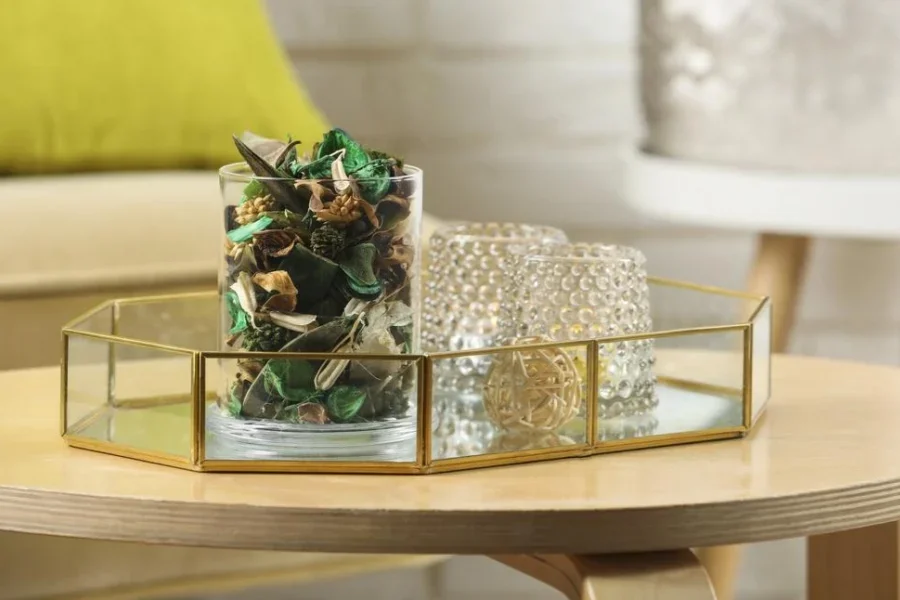
Today’s consumers demand more than pretty packaging—they want products that align with their values. Danish brand Frama answered this call with their St. Pauls Diffuser, crafted from clay salvaged from demolished Copenhagen buildings. Each piece’s irregular texture tells a story of urban renewal, appealing to circular economy advocates. Indian label Ruh takes a different approach, partnering with Sufi musicians to pair sandalwood diffusers with QR codes linking to devotional Qawwali playlists. This fusion of scent and sacred sound targets the global mindfulness market while preserving cultural heritage.
Ethical gifting is another key driver. London-based Earl of East bundles diffusers with donations to mental health nonprofits ($5 per purchase), tapping into millennials’ desire for “conscious indulgence.” As co-founder Paul Firmin explains, “People want their purchases to reflect who they are—and who they aspire to be.”
The Next Frontier: Scent as Software?
As smart homes evolve, so does fragrance tech. Brands like Pura already offer app-controlled diffusers that sync with your schedule (e.g., releasing energizing citrus at 7 AM and calming lavender by bedtime). But the future could see AI-driven systems that adjust scents based on biometric data—imagine a diffuser that detects stress via your smartwatch and responds with chamomile mist.
Meanwhile, experimental startups are exploring NFT-linked fragrances. Imagine owning a digital artwork that unlocks a limited-edition scent, blending virtual and physical experiences. While this may sound futuristic, brands like Digital Scent Collective are already prototyping blockchain-based scent portfolios.
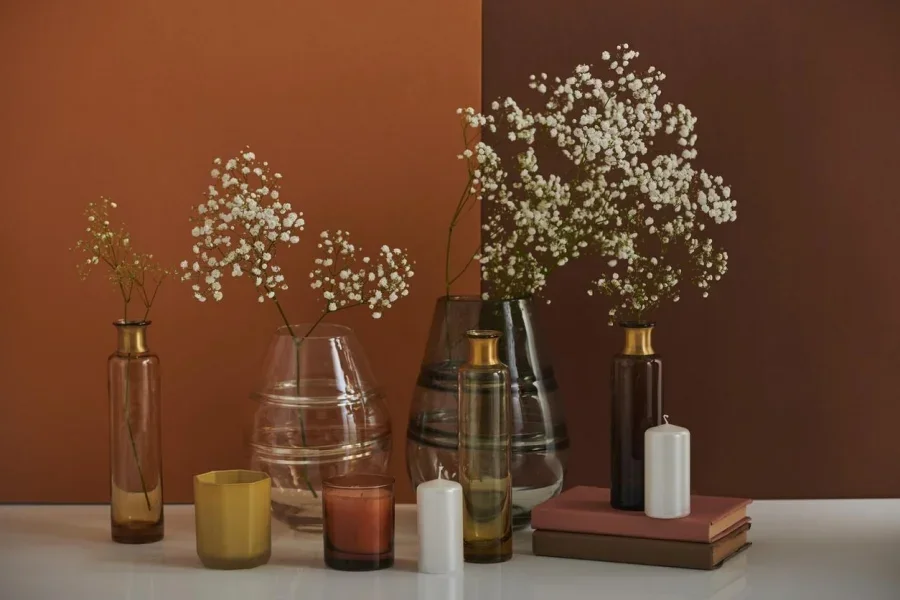
Conclusion: The Alchemy of Modern Scent
The home fragrance revolution isn’t just about filling rooms with pleasant aromas—it’s about crafting moments of connection, beauty, and intention. Whether through a pocket-sized scent tag that sparks joy during a hectic commute or a sculptural diffuser that serves as a conversation piece, today’s innovations prove that scent is as versatile as it is visceral.
As we look ahead, one thing is clear: the future of fragrance lies in its ability to adapt, inspire, and resonate on a deeply human level. After all, in a digitized world, sometimes the most powerful technology is the one that appeals to our primal senses.
